#marozzo
Text
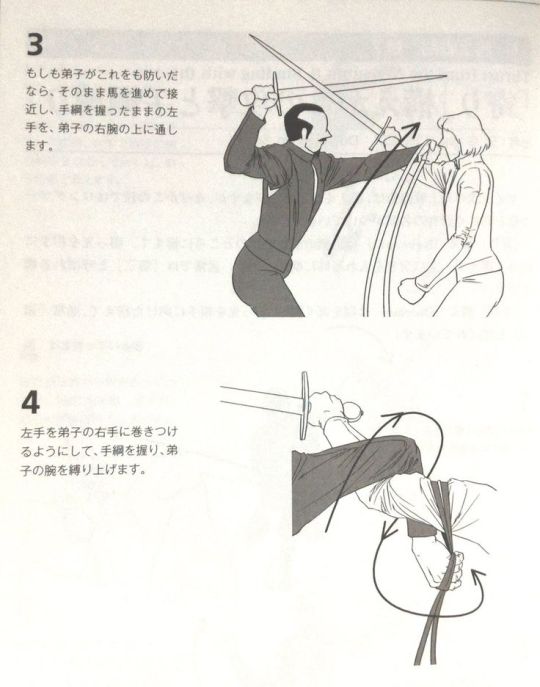
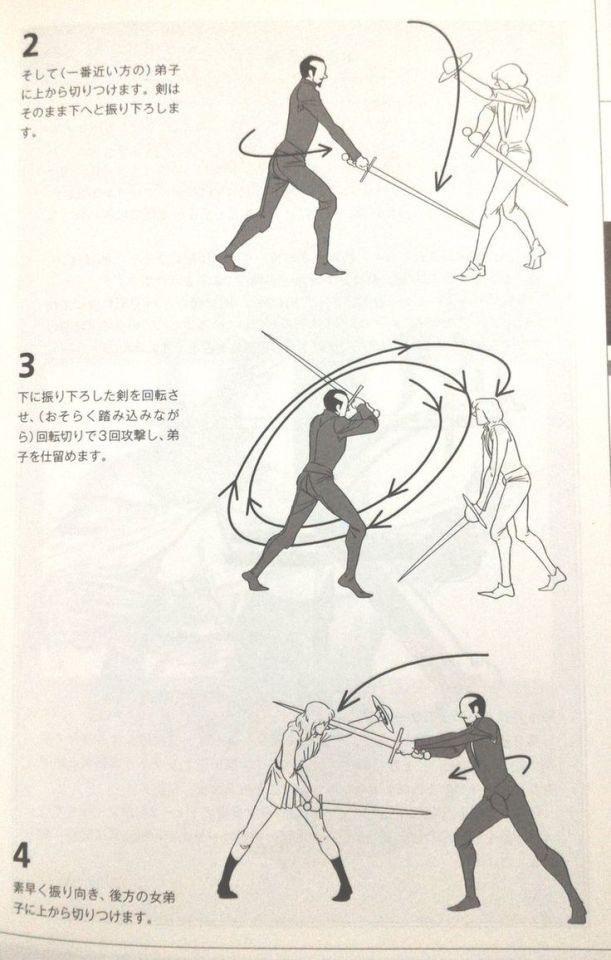

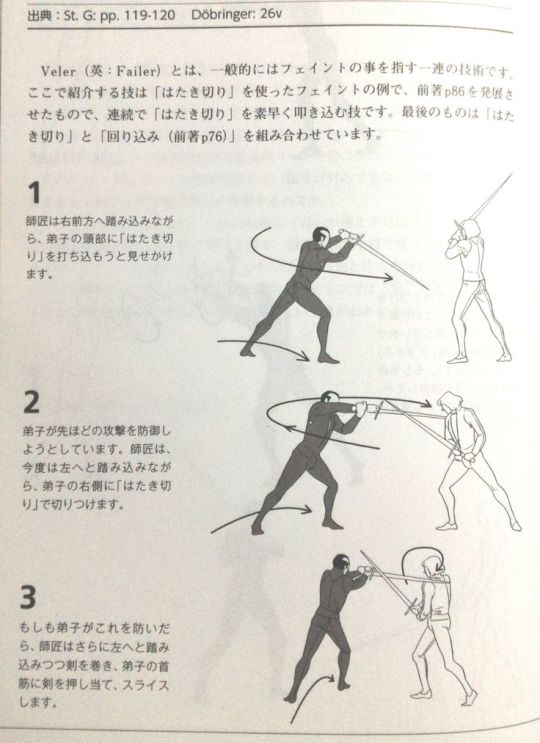
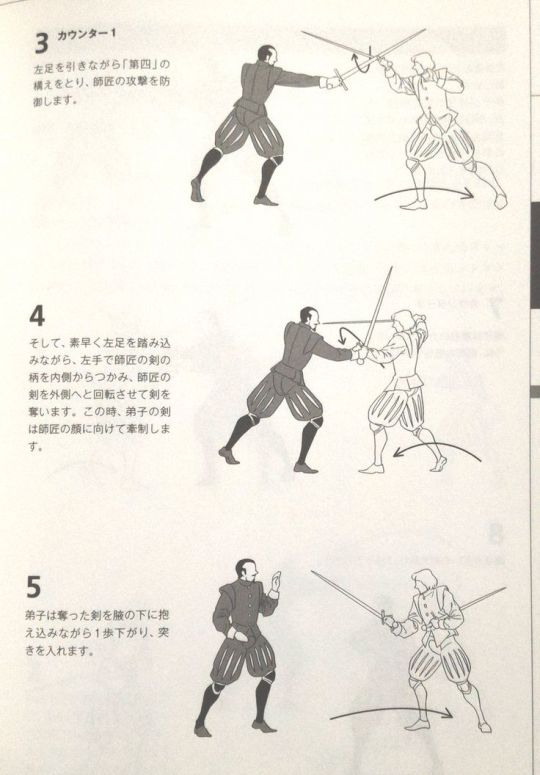
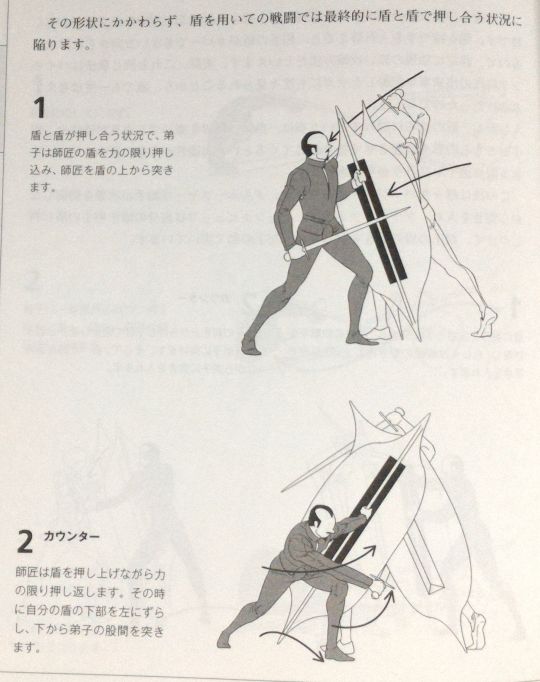

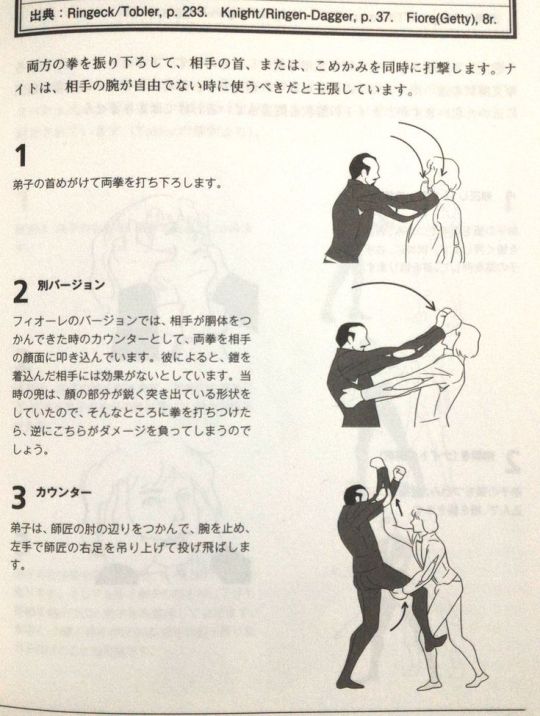

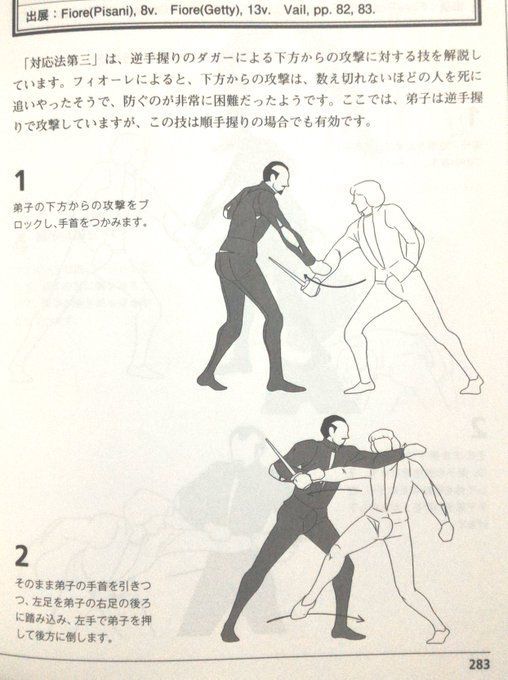

I need some help identifying the book where these came from. The illustrations are pretty sweet!
EDIT: it's "The Martial Arts of Medieval Europe by Ryuta Osada"
中世ヨーロッパの武術 (by 長田 龍太)
https://www.amazon.co.jp/-/en/%E9%95%B7%E7%94%B0-%E9%BE%8D%E5%A4%AA/e/B08JVK5R9W/ref=dp_byline_cont_book_1
#hema#historical european martial arts#HMA#historical#martial arts#sword#swordplay#japanese#manual#treatise#fiore#wallerstein#i33#marozzo#persian#ringen#abrazare#armizare#kunst des fechtens#kdf
80 notes
·
View notes
Text

Unlikely Pals
Frog and chipmunk
COURTESY ISABELLE MAROZZO / OUR CANADA MAGAZINE
#isabelle marozzo#photographer#our canada magazine#frog#amphibian#chipmunk#animal#mammal#wildlife#nature
22 notes
·
View notes
Text

01.12.2023 Collab Promo with Marozzo Espa
0 notes
Text



A Schlachtschwert, early XVIth century.
Spring steel blade of flat hexagonal section for most its length, mild steel fittings with hollow brass ball finials on the cross. Leather over thread over wooden core for the grip, and leather over wood for the sleeve (more about that below).
This is a tentative reconstruction of what a "proper" Landsknecht Greatsword could look like, such a they appear on period artwork, be it paintings like the Siege of Alesia by Melchior Feselen (1533) or the Battle of Pavia kept at the Royal Armouries (or the tapestries depicting that same battle, now at the Museo Capodimonte, made after sketches by Bernard van Orley), the Victory of Charlemagne over the Avars near Regensburg by Albrecht Altdorfer (1518), or the many drawings, prints and woodcuts by artists such as Reinhart von Solms, Jörg Breu, the great Hans Burgkmair, Niklas Stör, Hans Holbein (both Elder and Younger), Virgil Solis, Hans Sebald Beham, the legendary Urs Graf, Daniel Hopfer, Erhard Schön, Hans Schäufelein and others...All of them combined to give this result.
Such swords would be seen not only in the hands of a Doppelsoldner, but also carried by your Feldwaybel or an Edelman.
And it would be called a Schlachtschwert in the very captions of the illustrations I mentioned earlier (see Erhard Schön).
*Not* a "two-handed Katzbalger", though the cross obviously echoes the S/8-shaped guard of the latter.
We clear on that ?
Good.
Very few of such swords are kept in museums out there, with a lot of them leaving me dubious regarding their authenticity. The one in Berlin seems to me to be the most genuine of all, and it is on its proportions that I based this piece, though the Berlin sword shows a fancy, diamond-pattern decoration on the quillions very much recalling the Katzbalger kept in the Museum of London.
Most if not all period illustration do not show such fancy details on the crossguards though ; they are actually rather plain, without even the ribbing/threading/filework you can find on Katzbalger crosses.
Hence I kept this one rather plain, with a square cross section with rounded corners, and some light filework at the center.
I also bent the quillions into an offset 8-shape rather than a symmetrical one, to be more consistant with the earlier examples visible in period artwork.
The main questioning was that sleeve at the base of the blade, present on a lot of the period artwork; its obvious function was to provide a spot on which to put the other hand - as can be deduced from Marozzo's teachings for fighting against polearms - but the main issue was how was it made/what was it made of.
Elaborating on my previous experience and studies of such things on later Schlachtschwerter, I went for a basic construction of leather glued/stitched over a wood core made of two flat slabs, and force-slid down the blade. There is more than enough friction to keep it well in place, but it is still possible to take it off albeit with some effort. The end of the leather is cut according to period artwork, and flares out to accommodate the mouth of a scabbard if needed.
A simple decoration of plain lines on one side, and checkered on the other makes it also consistant with the artwork.
It is 139 cm long, the blade is 1083 mm long, 45 mm wide with a thickness of about 7 mm at its base, tapering down to 3.4 mm near the point.
The span of the crossguard is about 21 cm, though from one ball end to the other there's about 73 cm of steel.
Weight is 2547 grams, point of balance 13.5 cm from the cross.
Twenty-eight hundred EuroUnits and it's yours.
99 notes
·
View notes
Text




Reference sheets I made for Marozzo Espa's future vtuber model
63 notes
·
View notes
Text
Medieval and renaissance fencing masters, and the number of people they have done the sex with
Fiore dei Liberi: 0 (no way he fucks)
Paulus Hector Mair: 4
Joachim Meyer: 3
Achille Marozzo: 1 (loves his wife)
Luitger: 28
George Silver: 0
Destreza: 7.446
Johannes Lichtenauer: 287
Johannes Leckuchner: 5
Peter von Danzig: 11
Hans Dobringer: 9
Walpurgis: body count is in a quantum superposition and is simultaneously 0 and 4
Talhoffer: -1 (the Incident)
10 notes
·
View notes
Video
youtube
A great video on some beats in the bolognese school of fencing, and while not everything is the same for some other systems we can definitely see similar actions, especially tactically within Meyer’s version of KDF(kunst des fechtens - art of combat), and these principles can be applied very similarly to various other weapons too.
Giovanni Dall'Agocchie is a great facebook group for folks interested in the various Bolognese sources and Ilkka Outo is a youtube channel with lots of information.
And Antonio Manciolino, Achilles Marozzo, Angelo Viggiani, Giovanni dall'Agocchie, Filippo Dardi, Guido Antonio di Luca and Anonimo Bolognese (MSS Ravenna M-345/M-346) are some useful wiktenauer pages to check out to learn more about the general systems of bolognese fencing.
The beats in the video and their tactical approach can definitely work nicely with the p-t-h concept from Meyer, here’s a post on the provoker-taker-hitter concept within dussack, Here’s also a recent post on the usage of the concept of provoker-taker-hitter in sparring with longswords.
Here’s also another post overviewing KDF concepts in a more general framework that’s a bit less focused with mechanics and a bit more with the philosophy around it all and practical tactical issues as well that you may enjoy.
And here’s a masterpost about Joachim Meyer if you’re interested in his system specifically.
For anyone who hasn’t yet seen the following links:
Some advice on how to start studying the sources generally can be found in these older posts
Remember to check out A Guide to Starting a Liberation Martial Arts Gym as it may help with your own club/gym/dojo/school culture and approach.Check out their curriculum too.
Fear is the Mind Killer: How to Build a Training Culture that Fosters Strength and Resilience by Kajetan Sadowski may be relevant as well.
“How We Learn to Move: A Revolution in the Way We Coach & Practice Sports Skills” by Rob Gray as well as this post that goes over the basics of his constraints lead, ecological approach.
Another useful book to check out is The Theory and Practice of Historical European Martial Arts (while about HEMA, a lot of it is applicable to other historical martial arts clubs dealing with research and recreation of old fighting systems).
Trauma informed coaching and why it matters
Why having a systematic approach to training can be beneficial
Why we may not want one attack 10 000 times, nor 10 000 attacks done once, but a third option.
How consent and opting in function and why it matters.
More on tactics in fencing
Open vs closed skills
The three primary factors to safety within historical fencing
Worth checking out are this blogs tags on pedagogy and teaching for other related useful posts.
And if you train any weapon based form of historical fencing check out the ‘HEMA game archive’ where you can find a plethora of different drills, focused sparring and game options to use for effective, useful and fun training.
For more on how to use youtube content for learning historical fencing I suggest checking out these older posts on the concept of video study of sparring and tournament footage.
Consider getting some patches of this sort or these cool rashguards to show support for good causes or a t-shirt like to send a good message while at training.
45 notes
·
View notes
Text
youtube
I also do plenty without armor. The gear here is just modern safety gear. The weapon set is spear and shield with a backup weapon, as referenced in the 16th century Bolognese treatise "Opera Nova" by Achille Marozzo.
9 notes
·
View notes
Text
So I did my first SCA Melee Wednesday night and it's probably one of the best, consistent ways to experiment with warfare tactics and fighting that actually gets together every week.
My brain is slightly hyper fixated on using a German War Sword in a field context and I'm going to make one similar to Bjorn Ruther's [video added]. That sucker is 6 feet and 10 inches long and I'm 6'2".
He has an amazing article posted on his interpretations and battle accounts of "short weapon" use with pikes that I would like to experiment with.
Talking with my club mates, Marozzo has some context of two handed swords vs. Pole arm and maybe there is some fun interpretation there to experiment with as well.
There is a bit of a meta game in SCA fighting and length seems to be king. So I'm also creating a hooked halberd at the max of 7.5 feet. Also a katzbalger as a side arm, frankly mostly for the aesthetic.
Anyway, long brain ramble just to say, hema-ist and as a fiore-ist, we have this duelist mentality of one on one fighting and battlefield fighting is it's own awareness and positioning practice. Buhurt only does this in a team type scenario but having 10 dudes in a line vs. 10 dudes in a line is huge change in how to fight.
youtube
#hema#sca#sword#swords#german battle sword#two handed sword#zweihander#montante#spadone#halberd#Youtube
3 notes
·
View notes
Text
“[Brian Duffy] was staring moodily ahead at the tall bulk of the church of San Zaccaria, its gothic design undisguised by the Renaissance adornments that had recently been added to it, and he was wondering just how much he would miss this city when he left. ‘Only a matter of time,’ Marozzo had said over dinner. ‘Venice is more than half a Turkish possession right now, what with that grovelling treaty they signed eight years ago. Mark me now, Brian—before our hair is completely white, you and I will be teaching the uses of the scimitar instead of the honest straight sword, and our students will be wearing turbans.’ Duffy had replied that he'd shave his head and run naked with the jungle pygmies before he'd teach a Turk even how to blow his nose, and the conversation had moved on to other matters—but Marozzo had been right. The days of Venice's power were fifty years gone.”
— The Drawing of the Dark
2 notes
·
View notes
Note
Cute & cool dice!
hehe thanks!
youre so right i DO wanna go apeshit hehe
anyways the primary differences between sidesword, post-agrippa italian rapier, and la verdadera destreza is the degree to which each system emphasizes geometry, with the likes of marozzo and meyer in the 1500s being the least geometrically focused on one end of the spectrum, and thibault and rada in the 1600s being the most geometrically minded at the other extreme. it's very interesting to compare and contrast lol jk im gonna be here all day if i go down this rabbit hole
3 notes
·
View notes
Text
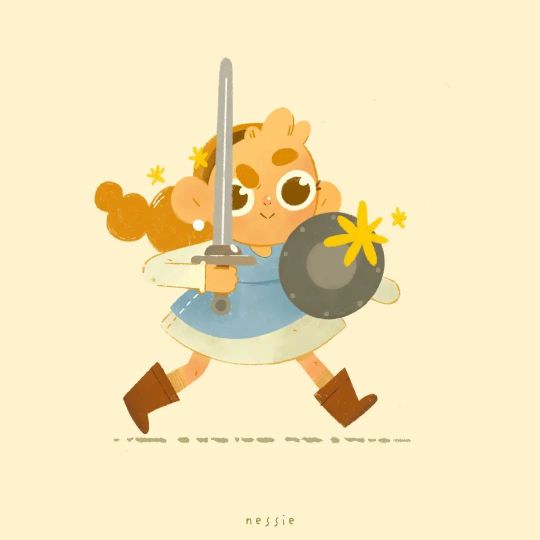
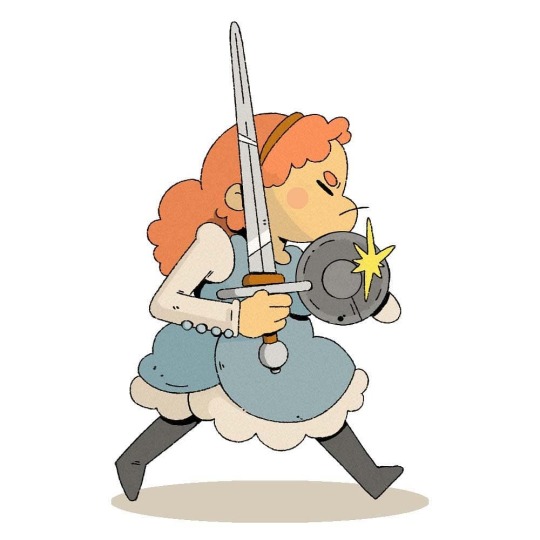
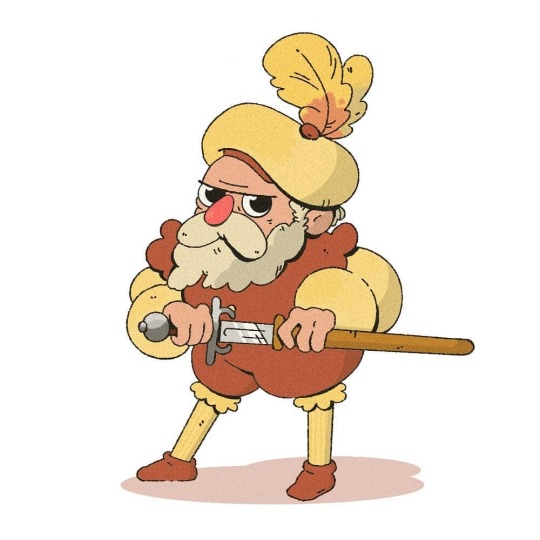
#HEMA#Achille Marozzo#Walpurgis#Ms. I.33#swords#buckler#Opera Nova dell'Arte delle Armi#albanessie_#historical fencing
5 notes
·
View notes
Note
Fun fact: I studied and am partially proficient in Marozzo Italian Sidesword
i dont know what that is but it sounds impressive
1 note
·
View note
Text
Trento: l'estate all'insegna della nuova edizione di Sport nel verde

Trento: l'estate all'insegna della nuova edizione di Sport nel verde.
Torna l’estate e torna Sport nel verde, iniziativa volta a promuovere l'attività motoria nelle aree verdi della città attraverso un programma di animazione sportiva per tutte le fasce d'età. I giardini e i parchi pubblici della città sono dotati di strutture dedicate allo sport e al tempo libero: tavoli da ping pong, campi da basket, pallavolo, calcio, bocce oltre a innumerevoli spazi aperti. L'Amministrazione comunale propone quindi 'Sport nel Verde' al fine di incentivare l'attività fisica ed un corretto stile di vita a beneficio di tutti i cittadini, oltre che di promuovere l'utilizzo responsabile delle aree verdi, degli impianti sportivi e delle attrezzature sportive presenti nei parchi pubblici. Il progetto mira inoltre a incentivare il ruolo sociale del parco inteso come luogo aggregativo e ricreativo dove i cittadini possano incontrarsi e impiegare il proprio tempo libero in attività sane come lo sport, creando al contempo un senso di appartenenza alla comunità di riferimento e al territorio.
Al momento hanno aderito le seguenti associazioni: Belvedere basket Trento, Budo kai Punto zero, Aps Carpe diem, Cooperativa sociale Kaleidoscopio, Sala d'arme Achille Marozzo, Smile sports academy, Trento baseball, Unione scacchistica trentina.
Gli appuntamenti proposti proseguiranno al 28 settembre e, per ora, sono così distribuiti: giugno 18 appuntamenti; luglio 11 appuntamenti; agosto 7 appuntamenti; settembre 26 appuntamenti. Eventuali ulteriori proposte saranno comunque inserite nel calendario che è in divenire.
Le attività si svolgeranno nei seguenti parchi: Parco Maso Ginocchio; Giardino Aleksandr Isaevič Solženicyn (Ex Giardino Santa Chiara); Parco di Canova; Parco delle Albere; Giardino Ravina ITEA; Parco Clarina; Parco di Melta; Giardino Piazza Venezia; Giardino Firmian (Martignano); Parco di Meano (Giardino della Madonnina)....
#notizie #news #breakingnews #cronaca #politica #eventi #sport #moda
Read the full article
0 notes
Text
Gli stereotipi di Francesco Taskayali
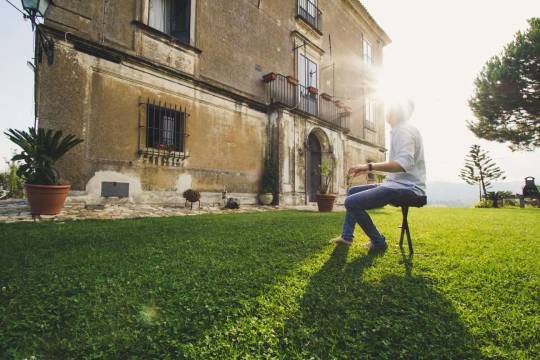
La nuova puntata di Sommessamente, il podcast di Cinque Colonne Magazine vede come protagonista il pianista Francesco Taskayali. Disponibile su YouTube la prima live session di STEREOTIPI che vede protagonista soprattutto il pianista Francesco Taskayali, giovane talento italo-turco, prodigio della classica contemporanea, attivo nella scena internazionale.
La live session
La performance di Francesco Taskayali è stata registrata nel suggestivo Teatro Fara Nume di Ostia ed è impreziosita dalla coreografia delle talentuose ballerine Gaia Marozzo, Giorgia Giammona e Letizia Urbano.
https://www.youtube.com/watch?v=3L-m01LTjD8
Il progetto Stereotipi
L’appuntamento fa parte del progetto STEREOTIPI, ideato e organizzato dagli studenti del Master in Media and Entertainment, major in Music, della Luiss Business School di Roma per mettere soprattutto a frutto le conoscenze apprese durante l’anno accademico, grazie all’insegnamento di professionisti del settore del music business: tre live session esclusive, realizzate con tre artisti differenti
Ascolta il nostro podcast
L'ospite di oggi
Francesco Taskayali
Classe ’91, Francesco Taskayali è un giovane compositore e pianista italo-turco. Dopo i primi tre album, Emre (2010), LeVent (2011) e Flying (2014), nel 2016 entra a far parte dell’etichetta INRI Classic, con cui pubblica i dischi Wayfaring (2017) e Homecoming (2019). Grazie anche alla sua capacità espressiva, compositiva e sperimentale, nel 2020, con il progetto “Piano Waves”, prende parte al progetto “The Outlaw Ocean Music Project”, basato sull’inchiesta giornalistica condotta dal giornalista del New York Times e vincitore del premio Pulitzer Ian Urbina.
Read the full article
0 notes
Text
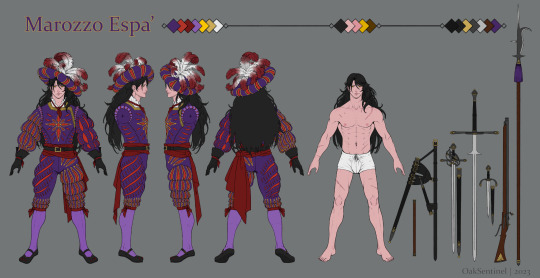
Reference sheet commission for Marozzo Espa'
7 notes
·
View notes